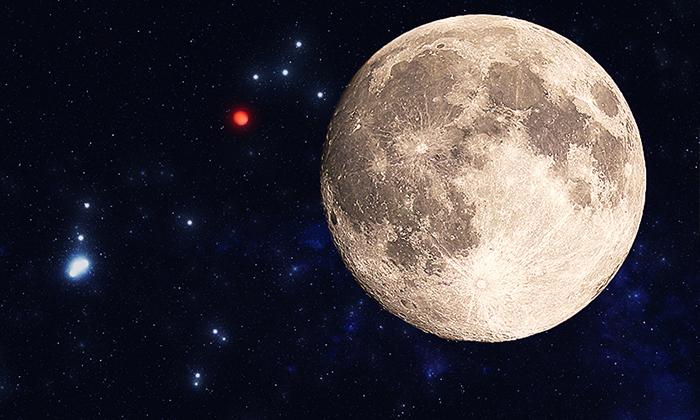Mars and the Moon are starring in their very own cosmic double act, and the show begins on May 14, 2020.
Mars and the Moon, in the last quarter phase of the lunar 27-day orbit, will make their acquaintance in the night sky an hour or two before sunrise on May 14. According to Space.com, their closest pass is set to occur around 10:00 p.m. Eastern Standard Time.





